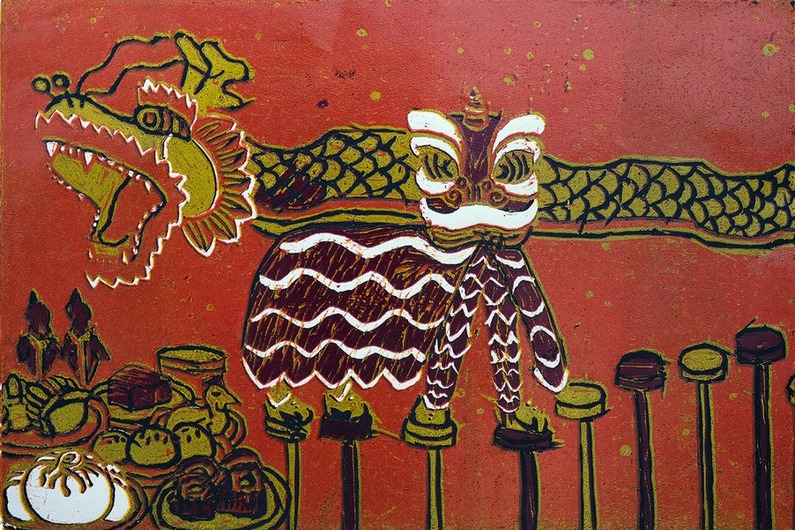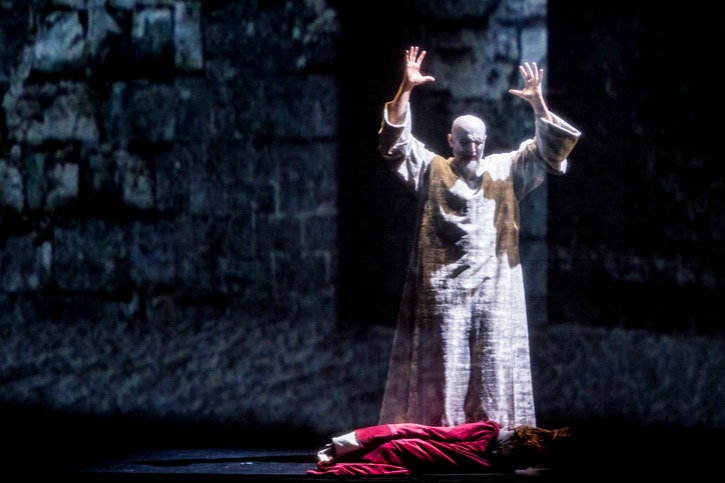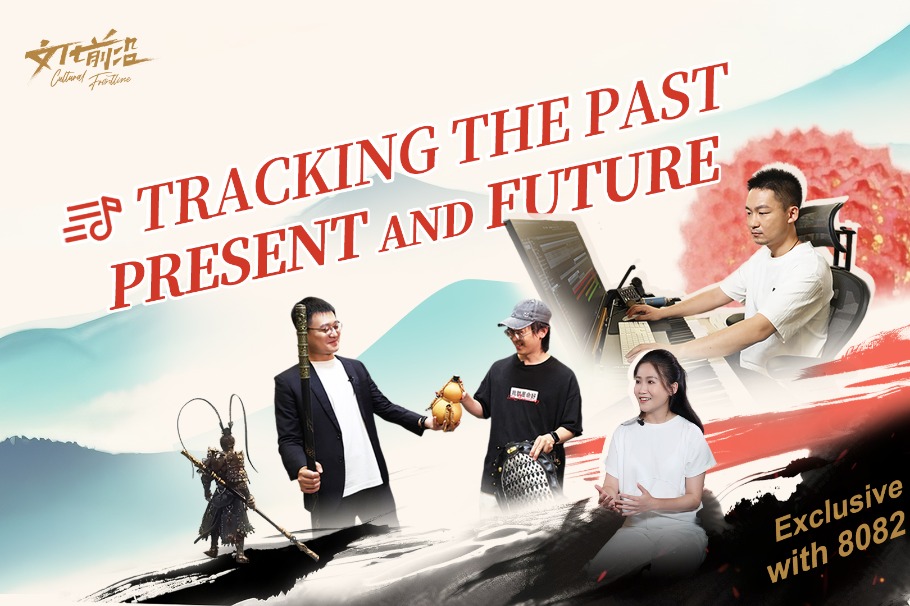Experts make light of challenging circumstances


At first I thought being engaged with the fourth national census of cultural relics was straightforward, after interviewing a number of its members.

one of them said it had clear and distinct procedures and was not that difficult compared to archaeological excavations that they were involved with all day.
But when I closely observed the census teams in Baoji and Xianyang, Shaanxi province, I began to realize maybe their work is not that easy, as their passion overshadows the difficulties.
The car stopped beside a large area of farmland. After rain in the morning, the soil was moist and the air clean. If not told by archaeologists it's a site from thousands of years ago, I would have thought it's nothing different from other farmlands I had seen. This is the Qiyang Site in Qishan county, Baoji.
Wang Hao, 52, director of the Baoji Institute of Archaeology, led us to a section of the site and pointed at it. From there, we could clearly see a red piece in the soil. He pulled it out and removed the soil around it. "It's probably a pottery piece from the Yangshao Culture (a Neolithic culture dating back 5,000 to 7,000 years across the northern part of China)," he says.
Guided by him, we soon discovered more pottery pieces and animal bones from the section. "It's not a treasure-hunting game. In a census, we look for specimens of this type to judge time and type of the site," Wang says.
He especially mentions the discovery of pottery pieces some time before Yangshao Culture, dating back over 7,000 years from this site, which pushed back the site's estimated age by more than a millennium — an unexpected surprise and bonus from the census.
Traversing the fields, our footwear accumulated a weighty layer of mud, causing us to feel as though they might slip off with each step. Despite this, the team members persisted in their tasks, too preoccupied to clean the clinging mud.
They measured the scale of the land with their feet by reaching the four corners and middle of the site and using real-time kinematic surveying instruments to record each location's three-dimensional data.
By combining the data with panoramic photos taken by drones, the outline and extent of the site can be accurately delineated, according to a census taker who operated the devices.
With the advanced high-precision positioning devices, census takers found this time the site covers 330,000 square meters, much larger than the previous understanding of about 60,000 sq m, Wang says.
The relics discovered span several thousand years from the Neolithic era to the Zhou Dynasty (c. 11th century-256 BC).
Close to the Qiyang Site is the Zhouyuan Site, a cradle of Zhou culture. Archaeologists believe the Qiyang Site is also related to the thriving of the Zhou people.
I stared at the field, where wheat seedlings seemed to be lush and extending to the sky. What was the site like thousands of years ago? How were people's lives here? It's so hard to imagine things from that long ago. But the relics we have found clearly showed the real existence of the past.
Hou Xiaoqin, 31, a census member, told me she felt excited taking part in the census.
"By participating in the census, I feel like I'm a recorder of the times," she says.
When talking with census takers, I noticed scratches on their arms and legs, caused when they worked in the mountains. They often had to open paths using sickles, but they could not prevent wild plants from scratching them.
Many of the cultural heritage sites that need to be checked are in remote mountainous areas, where climbing steep slopes, crossing deep ravines, traversing dense forests, and wading through rivers are daily routines for census takers, Wang says.
Replying to my question if the census work makes her tired, Hou says, "Working is inherently tiring. But there is a difference between being 'tired yet happy' and 'tired and unhappy'. Engaging in activities you enjoy brings daily happiness despite the fatigue".





































